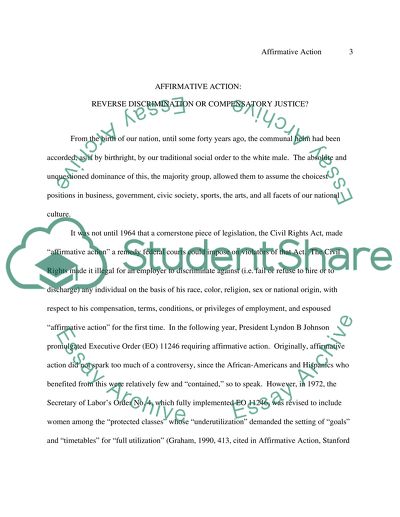Worker Rights/Worker Obligations Essay Example | Topics and Well Written Essays - 500 words. Retrieved from https://studentshare.org/miscellaneous/1553423-worker-rightsworker-obligations
Worker Rights/Worker Obligations Essay Example | Topics and Well Written Essays - 500 Words. https://studentshare.org/miscellaneous/1553423-worker-rightsworker-obligations.


